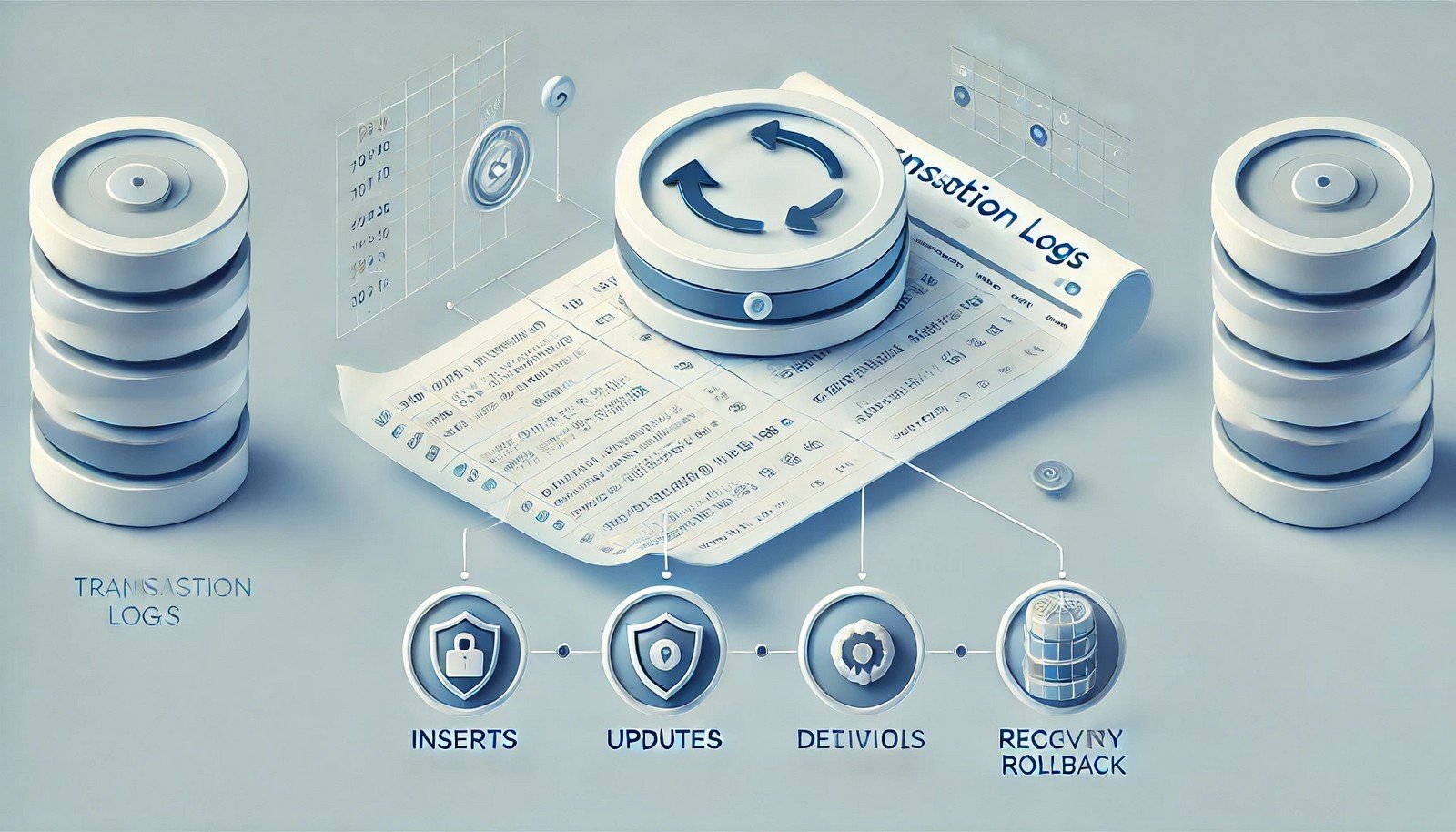Transaction Logs

(Representational Image | Source: Dall-E)
Quick Navigation:
- Transaction Logs Definition
- Transaction Logs Explained Easy
- Transaction Logs Origin
- Transaction Logs Etymology
- Transaction Logs Usage Trends
- Transaction Logs Usage
- Transaction Logs Examples in Context
- Transaction Logs FAQ
- Transaction Logs Related Words
Transaction Logs Definition
Transaction logs are records that document changes made to a database or a system. These logs track every operation, such as inserts, updates, and deletions, ensuring that the database maintains integrity even during system failures. Transaction logs play a crucial role in database recovery, replication, and auditing.
Transaction Logs Explained Easy
Imagine you’re playing a video game that automatically saves your progress every time you complete a level. If the game crashes, you can continue from the last saved point. Transaction logs work the same way for databases—they record every change so that if something goes wrong, the system can recover and return to the last correct state.
Transaction Logs Origin
The concept of transaction logs originated in early database management systems to ensure data integrity. As databases evolved, logging mechanisms became more sophisticated, allowing businesses to track transactions, recover lost data, and improve security.
Transaction Logs Etymology
The term "transaction logs" comes from "transaction," meaning an operation or set of operations in a system, and "logs," referring to sequential records of events. Together, the phrase describes a structured way of recording system changes.
Transaction Logs Usage Trends
With the rise of big data and cloud computing, transaction logs have become more critical than ever. Modern businesses rely on them for database replication, fraud detection, and regulatory compliance. Cloud-based systems often use distributed transaction logs to ensure high availability and fault tolerance.
Transaction Logs Usage
- Formal/Technical Tagging:
- Database Management
- System Recovery
- Audit Logging - Typical Collocations:
- "Database transaction log"
- "Logging mechanism"
- "Transaction log backup"
- "Transactional consistency"
Transaction Logs Examples in Context
- A banking system logs every deposit and withdrawal to ensure accurate financial records.
- E-commerce platforms use transaction logs to track user purchases and inventory changes.
- Cloud services maintain logs to help restore data in case of a system crash.
Transaction Logs FAQ
- What is a transaction log in databases?
A transaction log is a file that records changes made to a database to ensure data integrity and recovery. - Why are transaction logs important?
They help in data recovery, auditing, and system reliability, ensuring that no information is lost during failures. - How do transaction logs work?
They capture each transaction, allowing administrators to roll back or replay operations as needed. - Can transaction logs be deleted?
Deleting them without proper backups can lead to data loss, but managed log archiving is a common practice. - How do transaction logs help in system recovery?
By replaying recorded transactions, a system can be restored to a consistent state after a failure.
Transaction Logs Related Words
- Categories/Topics:
- Database Management
- Data Integrity
- System Logging
Did you know?
In 2008, a bug in a database transaction log caused a major stock exchange outage for hours, halting millions of transactions. This incident highlighted the importance of robust logging systems in financial markets.
PicDictionary.com is an online dictionary in pictures. If you have questions or suggestions, please reach out to us on WhatsApp or Twitter.Authors | Arjun Vishnu | @ArjunAndVishnu

I am Vishnu. I like AI, Linux, Single Board Computers, and Cloud Computing. I create the web & video content, and I also write for popular websites.
My younger brother, Arjun handles image & video editing. Together, we run a YouTube Channel that's focused on reviewing gadgets and explaining technology.



Comments powered by CComment